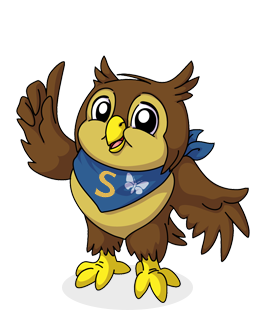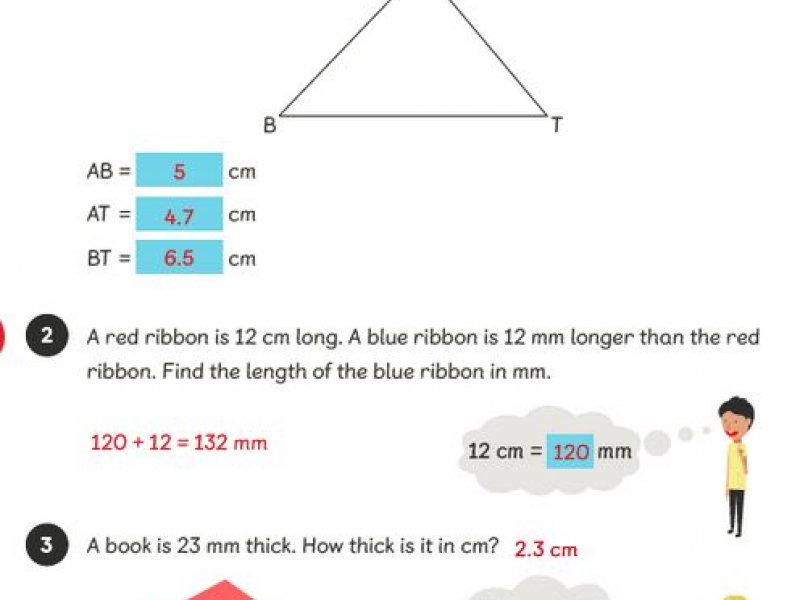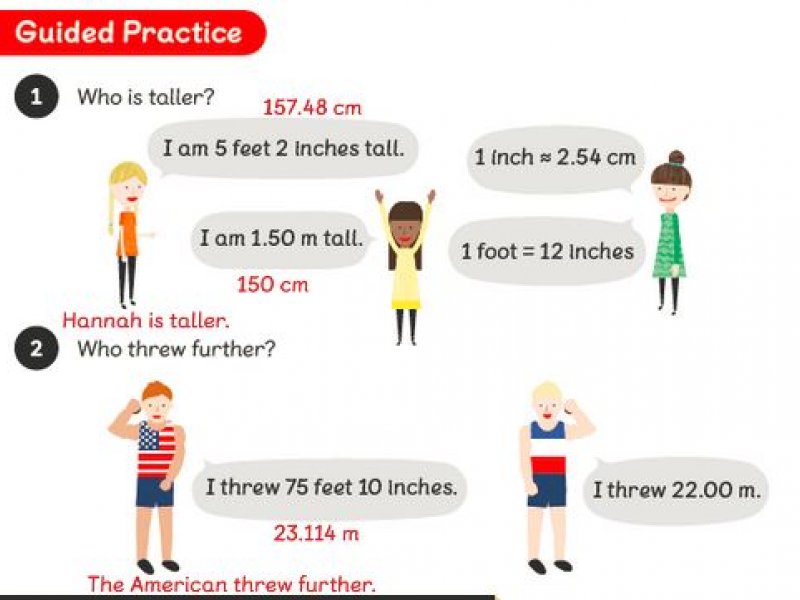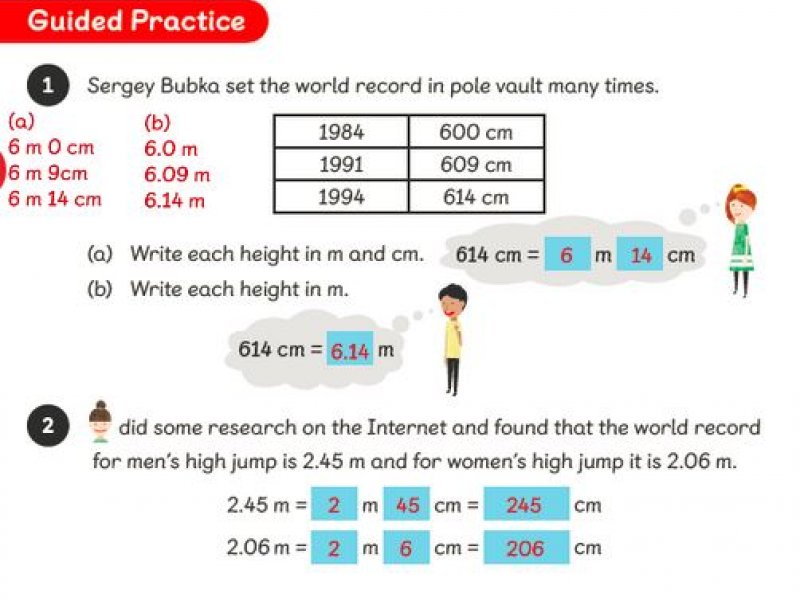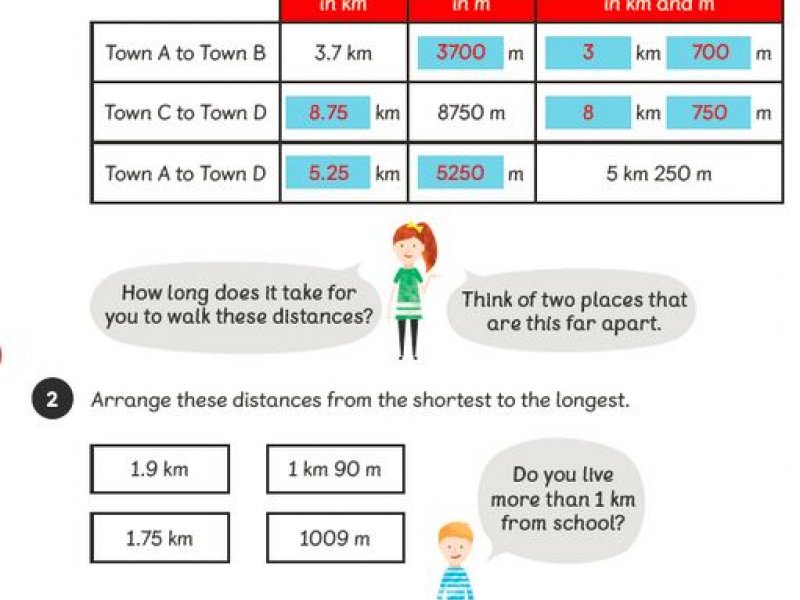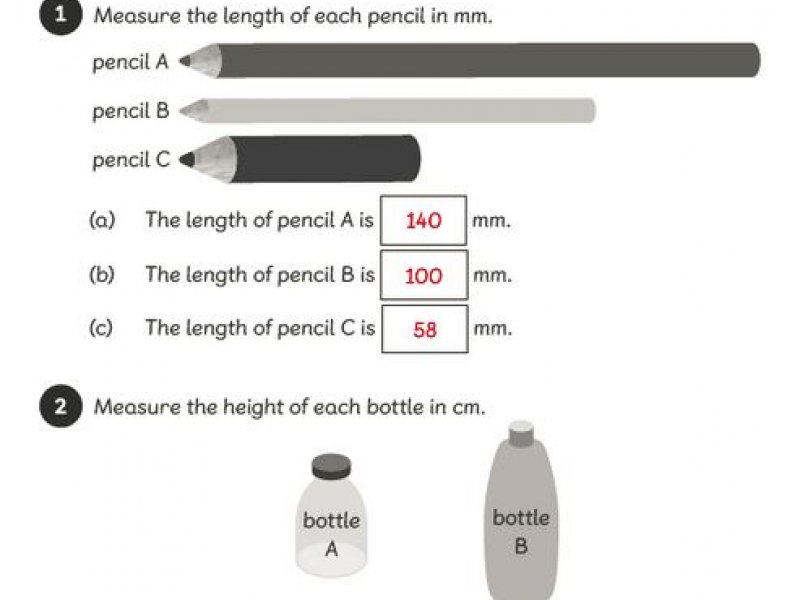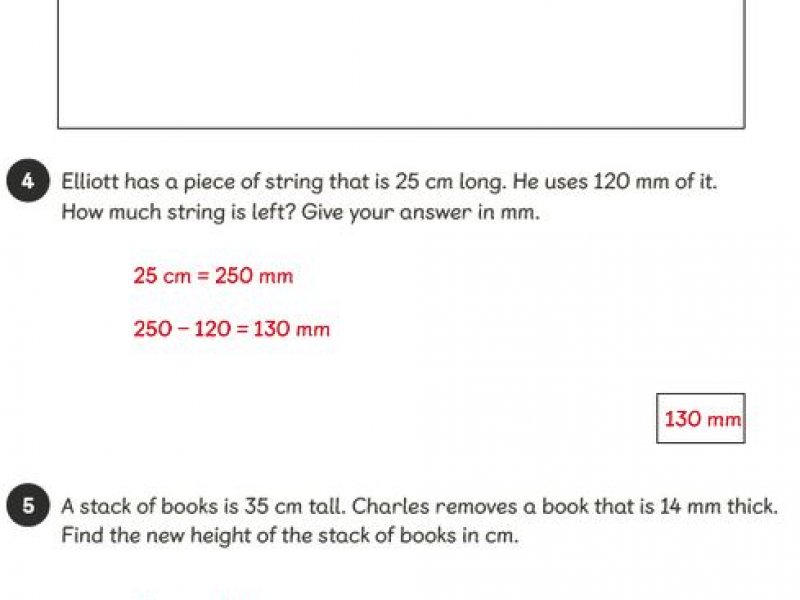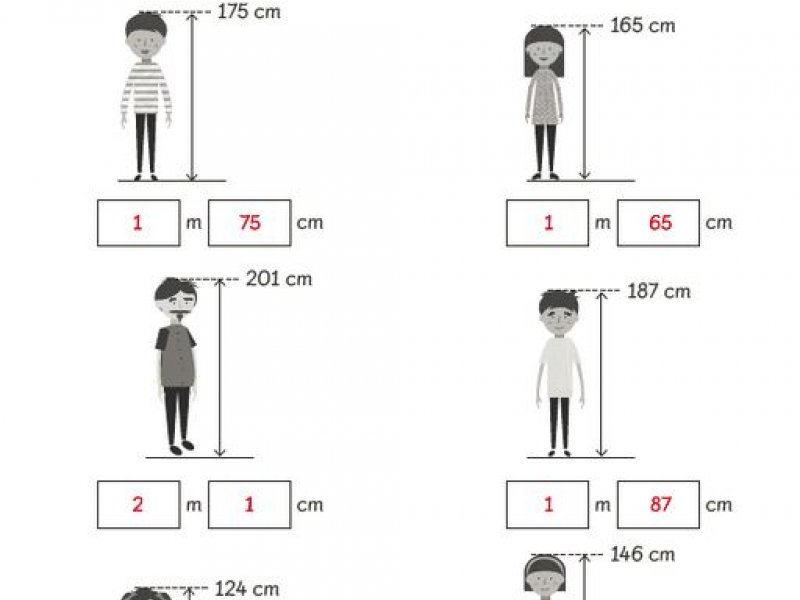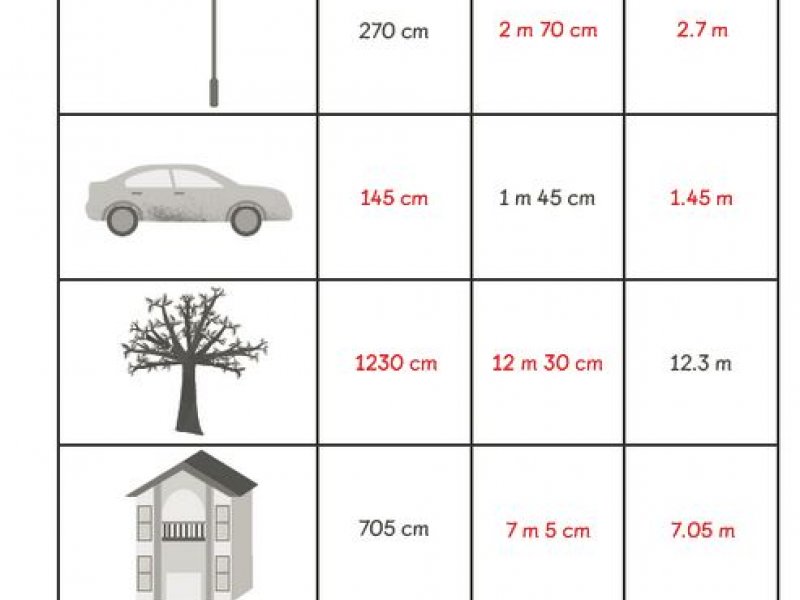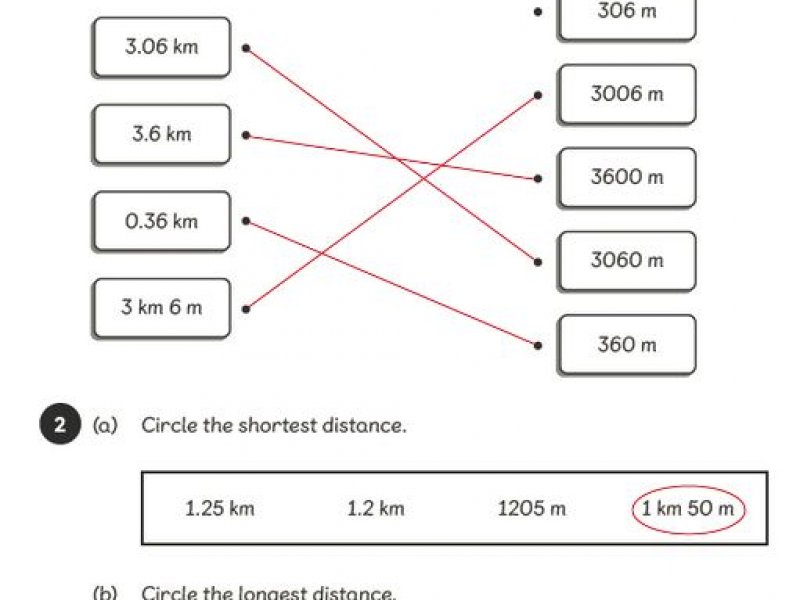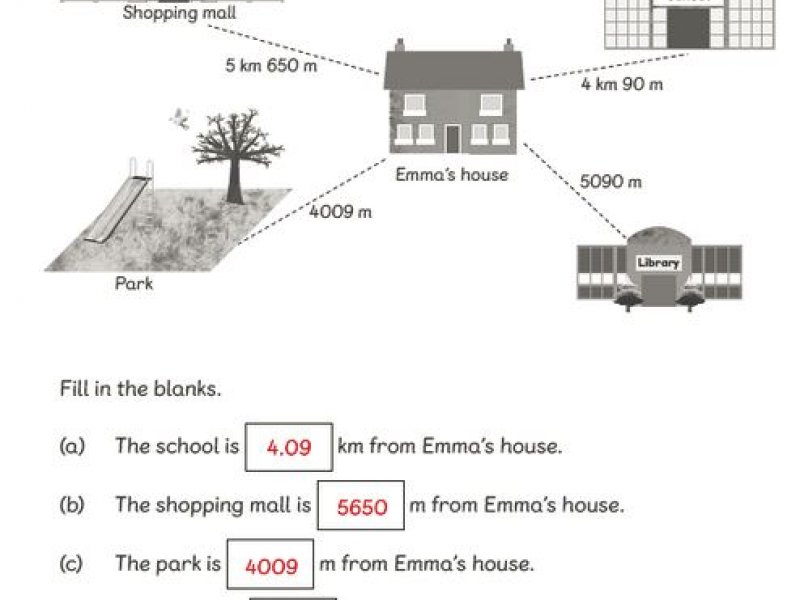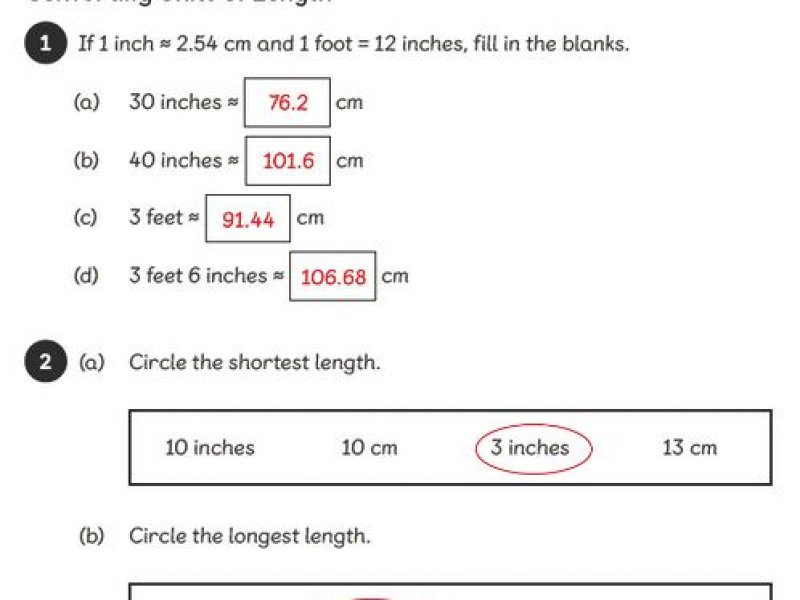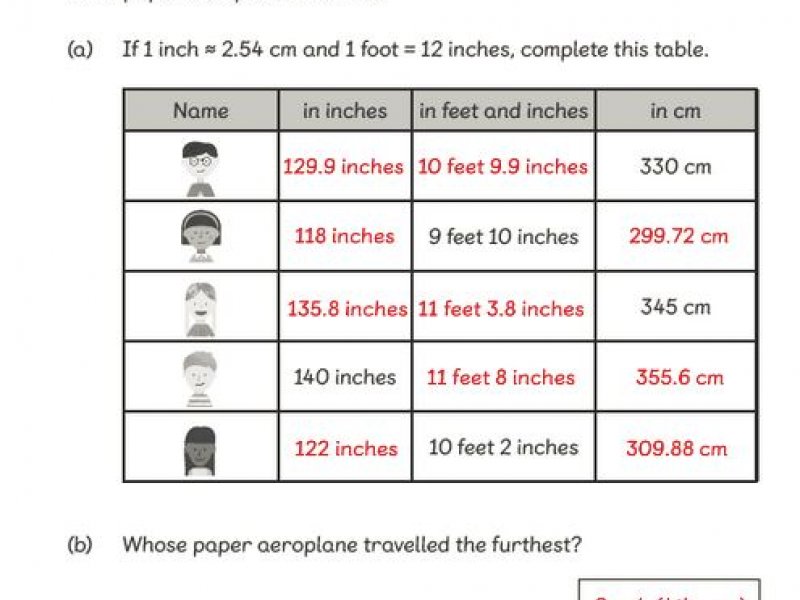Good morning everybody!
Please note, I am in school today so will be unable to respond to your emails until later in the day.
Here are your tasks for today:
Maths
Mental Arithmetic: x10 ÷10
This morning I would like you to have a go at this game continuing our practise of multiplying and dividing by 10 and 100.
It is a great online question game which you can continue for as long as you like, just select ‘next question’. It has a helpful interactive numberline at the bottom of the page where you can move the digits either left or right using the arrows.
Have a go at answering at least 10 questions and let me know how you get on!
Maths No Problem: Textbook 5B Chapter 11 Measurements
Lesson 4: Converting units of length.
In Focus: Today’s lesson involves converting metric to imperial lengths and vice versa. Take the time to read through the problem. Discuss with your child: Can we help Emma find out if she can carry her bag on board on either of these flights? Does the weight of the bag pose a problem? What is the main problem? What is different about the dimensions?
If we round 1 inch to 2.5 cm, it might make it easier to solve this problem. How could we work out the length, width and height of Emma’s bag? Discuss multiplying each of the measurements by 2.5. If 1 inch is 2.5 cm, how many centimetres are there in 2 inches? 4 inches? 8 inches? 10 inches? Does this help us? Check and compare the newly-converted dimensions with the Singapore Airlines and Ryanair requirements.
Let’s Learn: Use Let’s Learn to work though the conversions and discuss whether Emma’s bag will be allowed on both flights.
Guided Practice: Your child will be converting feet to inches and inches to centimetres then metres. Once conversions have been made they will need to compare heights and distances.
Workbook: Complete worksheet 4, pages 105 – 106. There are some challenging calculations to solve on page 106 so please use a calculator if you wish. It is important here you understand what the calculation is to convert the measurements, not how to solve it – especially as we have not covered long division or multiplication with decimals as yet!
The answers to this week’s work will be in a gallery at the bottom of the blog page every day.
English
Reading: Your child should try to read for at least 20 minutes every day. Remember to log on to Accelerated Reader and complete quizzes for all the books you have read!
If you have a Lexia account, try to log on and complete at least 15 minutes a day.
Writing:
Yesterday, we planned our own Finding Tale using the boxed-up planner to guide and link your ideas.
Today, I know you are going to like this…it’s your favourite bit Year 5…you get to write your own story!
Remember all the sentence structures and tools we have practised over the past week or so, remember the vocabulary we have looked at and remember the underlying pattern of a Finding Tale – this will all help you to write the most amazing story!
We will be working on this today and tomorrow, so take all the time you need. Really think through each sentence, check it makes sense and check your spelling, punctuation and grammar. Think back to our toolkits from class to help you use some really great paragraphs, phrases, adverbials, connectives and vocabulary in your writing.
I am available (although a bit later today I’m afraid) if you have any questions or would like to check any of your writing, but I am also really excited to see all your finished pieces!
Have fun!
Topic: History
This week we are comparing our home town in the past to today.
I have attached here some old maps of Weymouth from different eras. First, I’d like you to have a look and discuss them with your adults at home and see if you can work out the era/century they were printed.
Then use this link Weymouth OS Map Online to have a look at modern day Weymouth – you can zoom in and out to see more detail. Look closely and make comparisons between the old and modern maps.
What are the two main regions of our town called?
What can you see on the old maps which is still here today? Has the land use changed? Has the land shape changed? Do you recognise any names? Are any buildings on the old maps also shown on the new map?
Write your comparisons in a table or as sentences in your journals and send them on to me. It would be great if you could spot something new for me to look at as well!
